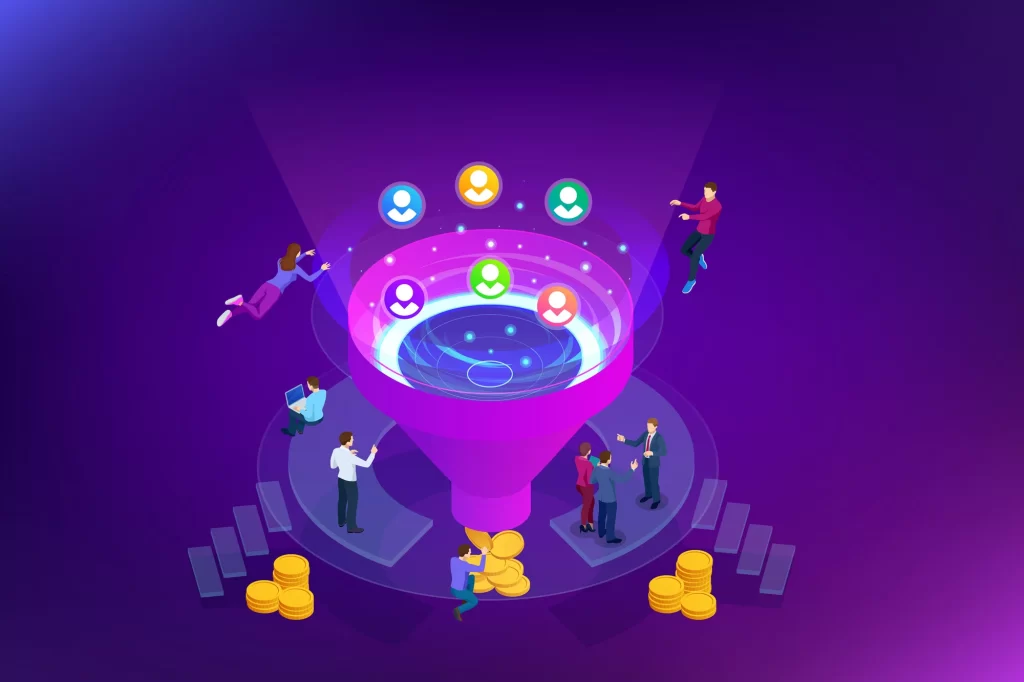Chatbot Code on Maximizing Customer Engagement in Online Marketing
The code governing these virtual assistants is not merely a string of algorithms; it is a dynamic bridge connecting businesses with their audience. The essence lies in crafting a chatbot code that seamlessly integrates with a brand’s identity, fostering a personalized interaction that resonates with the user. To achieve this, the code must be finely tuned to comprehend natural language, discern context, and respond with relevance. Leveraging machine learning and natural language processing, a well-crafted chatbot can decipher user queries, adapt to various communication styles, and provide tailored responses, thereby enhancing the overall customer experience. Moreover, the effectiveness of a chatbot in customer engagement hinges on its ability to transcend the transactional and embrace the conversational. The code should be designed not merely to execute tasks but to initiate and sustain meaningful conversations.

This involves programming the chatbot to understand user sentiments, detect nuances, and respond empathetically. By imbuing the code with emotional intelligence, businesses can foster a connection that goes beyond utility, creating a memorable and positive interaction. A chatbot’s role extends beyond being a mere information dispenser; it becomes a brand ambassador, mirroring the company’s values and enhancing its likeability in the eyes of the consumer. Furthermore, the chatbot code must be adaptable and responsive to user feedback. Through continuous learning mechanisms, the code evolves with each interaction, learning from user inputs and refining its responses over time. This adaptability is crucial in an era where consumer preferences and behaviors are in constant flux. By harnessing the power of iterative learning, the chatbot becomes a proactive tool in staying abreast of market trends and user expectations, ensuring sustained relevance and effectiveness in customer engagement.
Additionally, the integration of multimedia elements within the chatbot code enhances its capacity to engage users on a deeper level. Incorporating images, videos, and interactive elements transforms the conversation into a multi-sensory experience, captivating the user’s attention and fostering a more immersive funnel agency engagement. The code should be adept at handling multimedia inputs, presenting information in a visually appealing manner, and ensuring a seamless transition between text and visual content. In conclusion, the chatbot code is not a static set of instructions; it is the lifeblood of a brand’s interaction with its audience in the digital realm. Crafting a code that prioritizes natural language understanding, emotional intelligence, adaptability, and multimedia integration is paramount in maximizing customer engagement. As businesses navigate the competitive landscape of online marketing, a well-designed chatbot emerges not only as a technological asset but as a strategic ally in forging lasting connections with the audience.